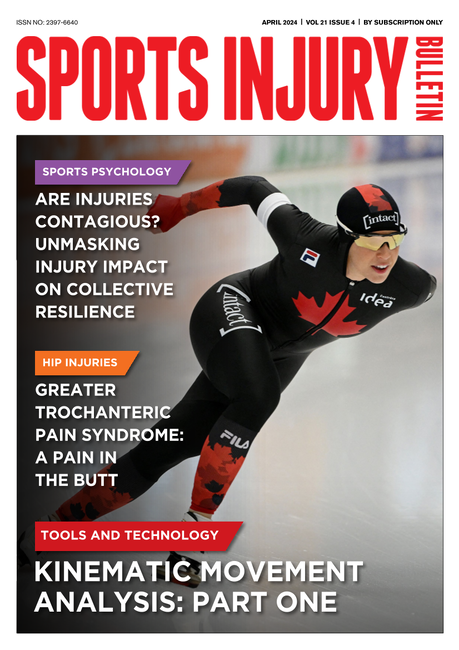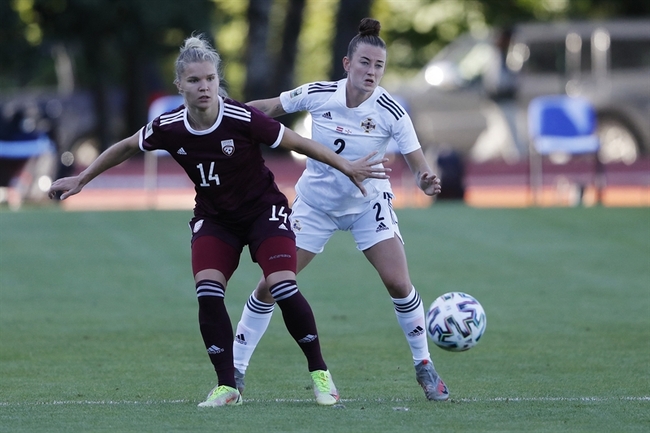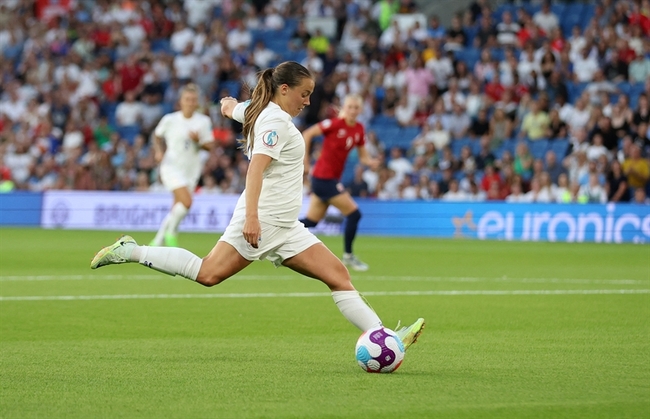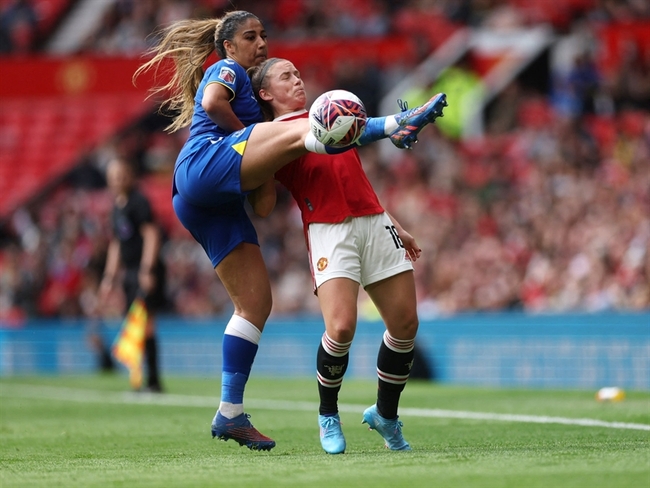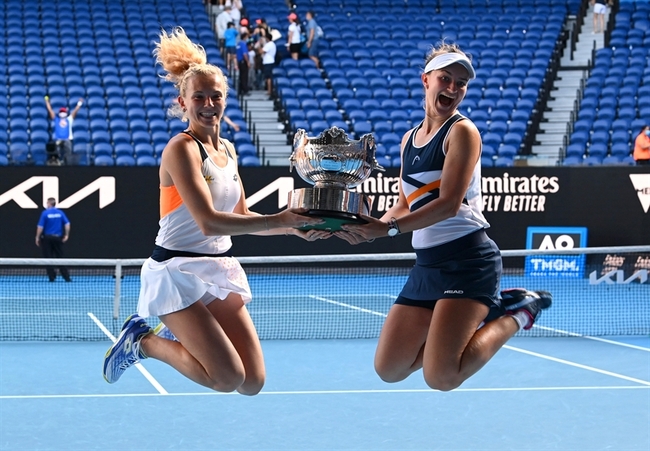COVID-19 and athletes – an update IV
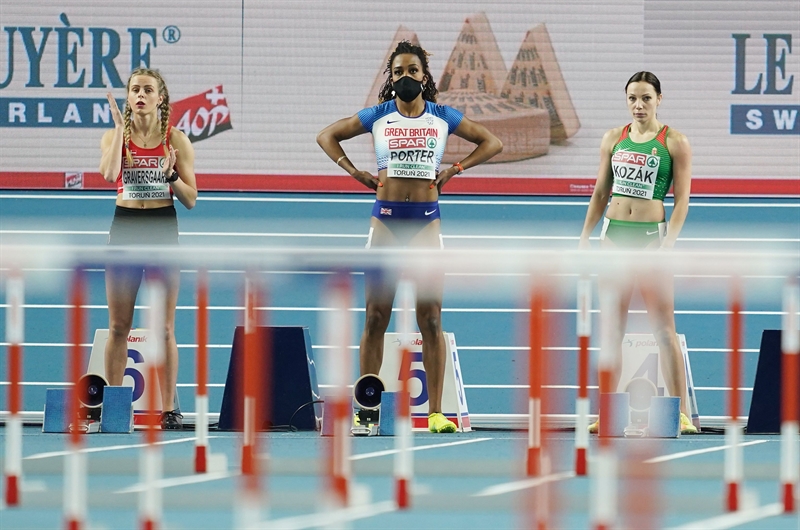
It’s been a year since most of the western world went into lockdown due the novel coronavirus’s arrival. Thankfully, science has progressed at a break-neck pace to develop treatments and vaccines as novel as the virus itself. Because of the progress in this area, some of life’s normal activities have returned, including organized sports. In a newly released (March 4, 2021) multicenter, cross-sectional, descriptive study, researchers provide a glimpse into the cardiac effects of COVID-19 on elite athletes(1).
This study compiled data from 789 professional athletes from the NHL, MLS, MLB, NFL, NBA, and WNBA with a history of a positive COVID-19 diagnosis. All athletes underwent cardiac screening before returning to play. Just over half (58.3%) had mild to moderate symptoms, while the rest had minor to no symptoms. The pre-return to play screening consisted of a test of blood troponin levels, a 12-lead ECG, and a trans-thoracic echocardiogram. Those who had an abnormal result from a screening test received further testing, including cardiac magnetic resonance (CMR) imaging and stress echocardiography.
Six of the tested athletes had troponin levels higher than the 99th percentile reference level, 10 demonstrated abnormal rhythms on ECG, and 20 showed concerning findings on their echocardiogram evaluation. In all, 30 athletes (3.8% of the total study population) were referred for additional testing. Twenty-seven underwent CMR, which detected myocarditis in three of the athletes and pericarditis in two of them. In total, less than 1% of the total population of elite athletes with a positive history of COVID-19 suffered cardiac sequelae.
Limitations and clinical implications
There are several limitations to this study. The data were collected between May and October 2020 and interpreted at various sports and medical facilities around the country. Therefore, there were no standardized test interpretation guidelines, leaving room for variability among regions and institutions. The population consisted of young (mean age of 25 years old) male (98.5%) subjects. Some of the subjects contracted COVID-19 early in the pandemic lockdown period before the resumption of sports participation. Therefore, any cardiac sequelae could have resolved before return to play testing in those athletes.Despite the limitations, this study highlights the small risk of developing cardiac pathology from COVID-19 in elite professional athletes. In further support of its findings, the authors report that as of December 2020, no athletes who underwent cardiac screening suffered an adverse cardiac event after return to sport.
This study’s findings support the most recent (December 2020) consensus statement from the American College of Cardiology(2). While the authors acknowledge that COVID-19 can cause potentially serious cardiac pathology, they concede that athletes who only experience mild to no symptoms from the novel coronavirus need monitoring but not significant testing. Those with moderate to severe symptoms should undergo more extensive testing (troponin levels, ECG, and echocardiogram) before returning to sport. The consensus statement clarifies that these three tests individually lack enough specificity to be used alone but instead form a complete picture of cardiac status when viewed together. Practitioners should reserve the use of CMR for those who present with abnormal findings in the screening tests. Any athlete with myocarditis or pericarditis should follow return to play protocols limiting exercise for three to six months and sequential monitoring of cardiac markers.
References
- JAMA Cardiol. Published online March 4, 2021. doi:10.1001/jamacardio.2021.0565
- JACC Cardiovasc Imaging 2020;13:2635-52
You need to be logged in to continue reading.
Please register for limited access or take a 30-day risk-free trial of Sports Injury Bulletin to experience the full benefits of a subscription. TAKE A RISK-FREE TRIAL
TAKE A RISK-FREE TRIAL
Newsletter Sign Up
Subscriber Testimonials
Dr. Alexandra Fandetti-Robin, Back & Body Chiropractic
Elspeth Cowell MSCh DpodM SRCh HCPC reg
William Hunter, Nuffield Health
Newsletter Sign Up
Coaches Testimonials
Dr. Alexandra Fandetti-Robin, Back & Body Chiropractic
Elspeth Cowell MSCh DpodM SRCh HCPC reg
William Hunter, Nuffield Health
Be at the leading edge of sports injury management
Our international team of qualified experts (see above) spend hours poring over scores of technical journals and medical papers that even the most interested professionals don't have time to read.
For 17 years, we've helped hard-working physiotherapists and sports professionals like you, overwhelmed by the vast amount of new research, bring science to their treatment. Sports Injury Bulletin is the ideal resource for practitioners too busy to cull through all the monthly journals to find meaningful and applicable studies.
*includes 3 coaching manuals
Get Inspired
All the latest techniques and approaches
Sports Injury Bulletin brings together a worldwide panel of experts – including physiotherapists, doctors, researchers and sports scientists. Together we deliver everything you need to help your clients avoid – or recover as quickly as possible from – injuries.
We strip away the scientific jargon and deliver you easy-to-follow training exercises, nutrition tips, psychological strategies and recovery programmes and exercises in plain English.


